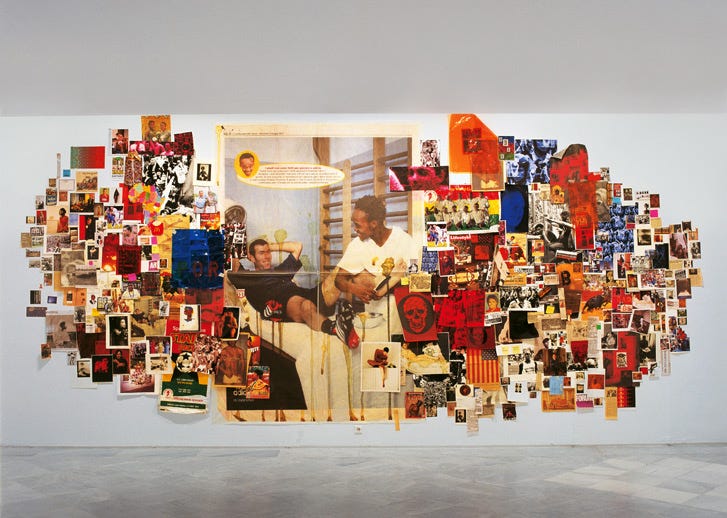
Our NYTW 2050 Artistic Fellow cohort met with Anna Deavere Smith.
- I started to know her work about three years ago when I watched Taibi Magar’s production of Twilight: Los Angeles, 1992 at Signature Theatre. That experience changed how I imagined theater could be. It gave me an embodied emotional understanding of race dynamics, the different expectations between different groups in the United States and expanded my vision of what theater could achieve.
- Anna came into the room with such presence. For the next two hours, we engaged in a Q&A session, where she shared her creative process, experiences, and advice. Her speech felt extremely down-to-earth and honest. I was surprised to learn that she’s often figuring things out as she goes, exploring each project differently and allowing the process to change the project’s direction. There’s no set approach when she shared those stories. It was a lot of listening, adapting, and curiosity.
- She shared three questions that can bring anyone out of their shell:
- Have you had a close-to-death experience?
- Have you been accused of something you didn’t do?
- What is the circumstance of your birth?
- Anna talked about language as identity. She sees language as animated, revealing the truth of a character and their world when there’s irregularity in rhythm. Language informs physicality, and if you repeat a word enough, it becomes part of you. She builds characters from the outside in. The Stanislavski idea of “every character lives inside you” doesn’t work for her; growing up in the world of white theater, she had to do real research, reaching out to real people.
- For Anna, shows come and go, but you must love the people. When working on a project, you’re creating a community, including the people you interview and your collaborators. She tries to strip away the “official” language and seeks people who shout their words from the mountaintop, especially in moments of crisis and discourse. She asks interviewees, “Who else should I talk to?” Building this community means a deep commitment to each other, even to those who aren’t fully present in the project. We need to love the particulars of who we are and trust the intelligence of the people we work with—becoming “citizens of the community.”
- In interviews, it’s not about you. She used an analogy I found amazing and funny: interviewing is like being a surgeon—you can’t cry at your patients’ wounds. You have to find the right collaborators who are prepared for the work, and a “fixer”—someone deeply rooted in that community. She mentioned Twilight: Los Angeles, 1992, noting that although she grew up in a black-and-white paradigm, it was essential to include the Asian American perspective. A fixer helped her deeply.
- Anna’s writing process involves spending half a day teaching herself the words by sound, followed by four to five hours with the director. She creates discord in the room by bringing in two intellectually tough people who disagree, so she can hear their argument. Then she will edit the text at night. Another critical step is presenting the work to an audience early on, learning from them in community about the problem or inquiry.
- For her, the essential takeaway for the audience is, “What can I do about this?” It’s civic engagement. It’s not a compliment on how beautiful the work is.
- Anna shared that she has never felt a sense of belonging and has come to accept her “nonbelongingness.” When she began her work, the theater world didn’t understand it—there wasn’t even vocabulary for it. Her advice: you have to find your particular place.
Leave a Reply